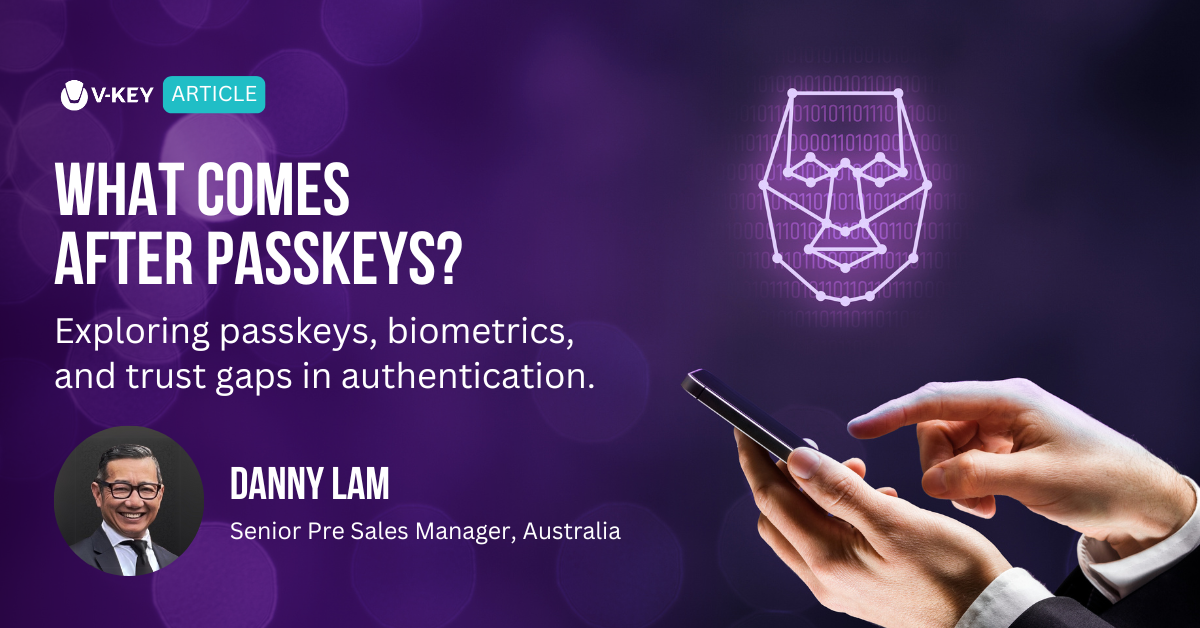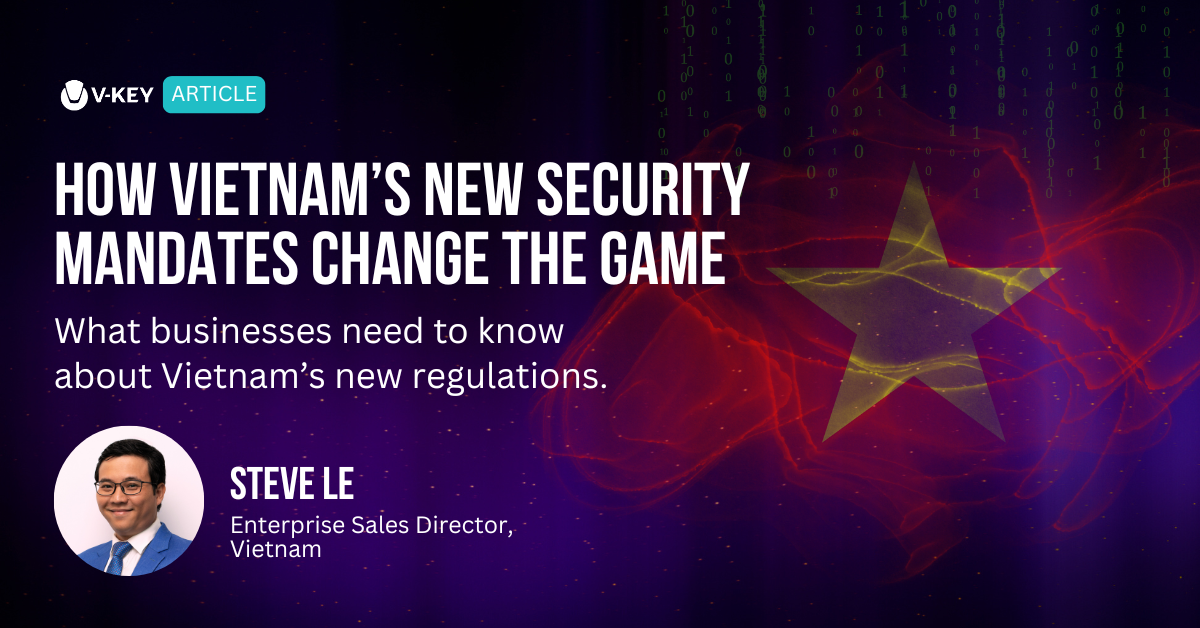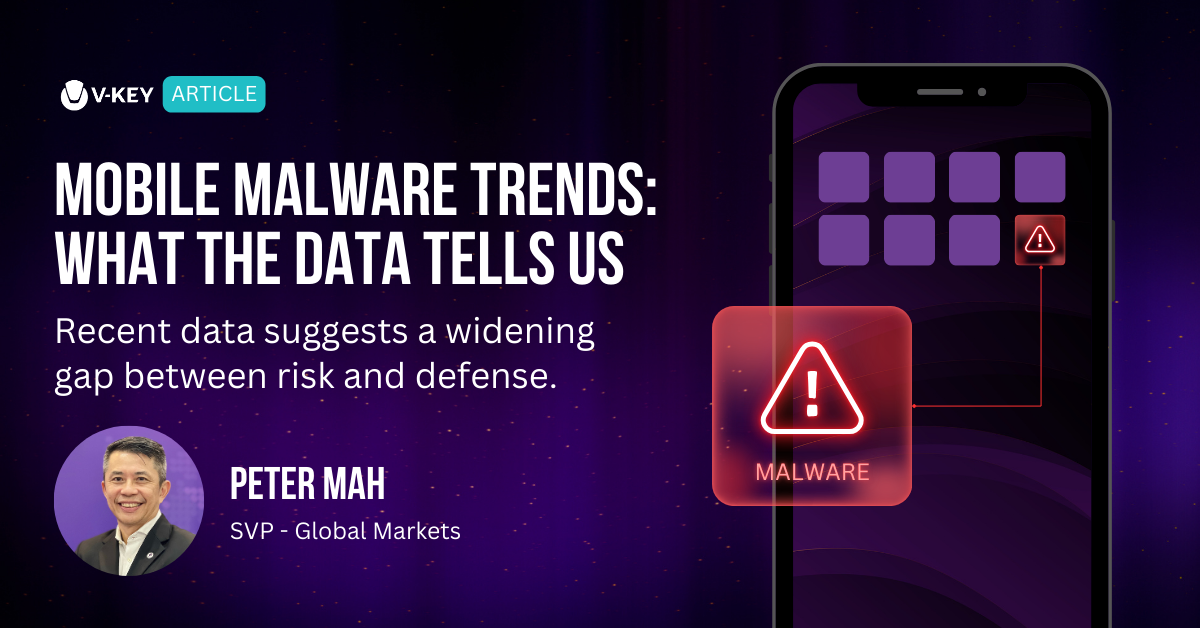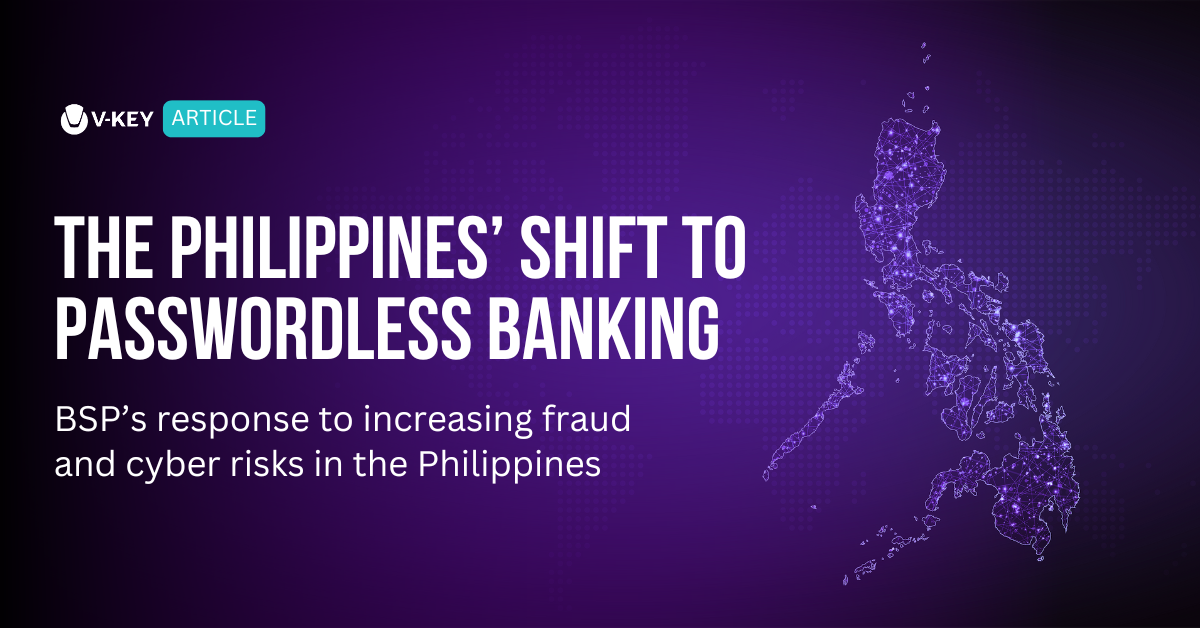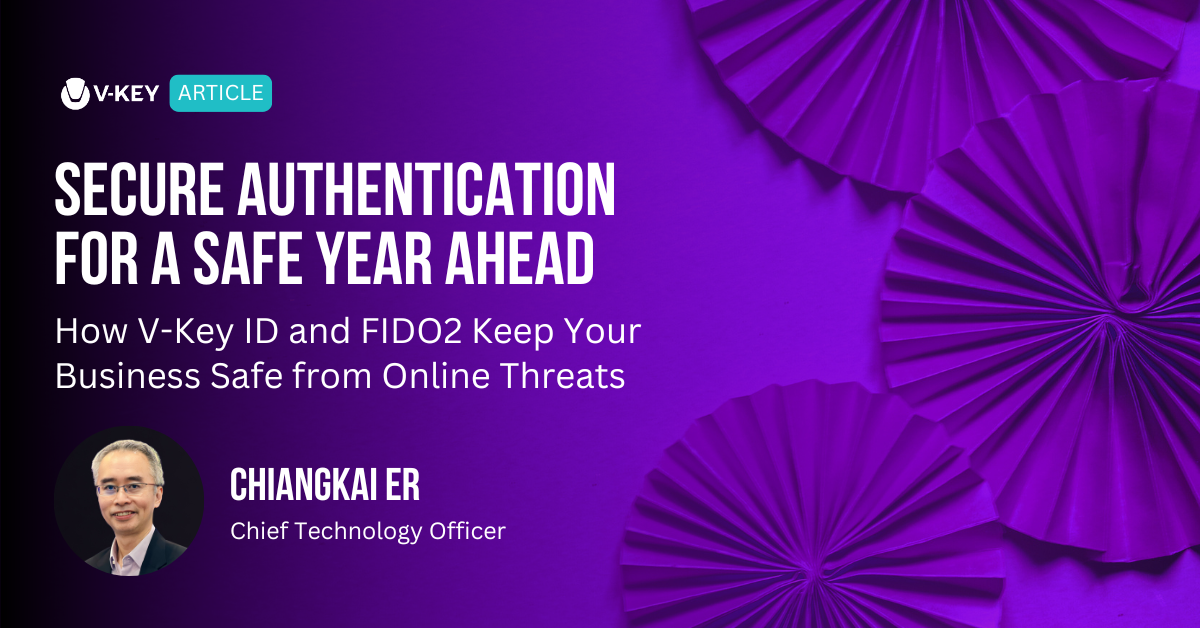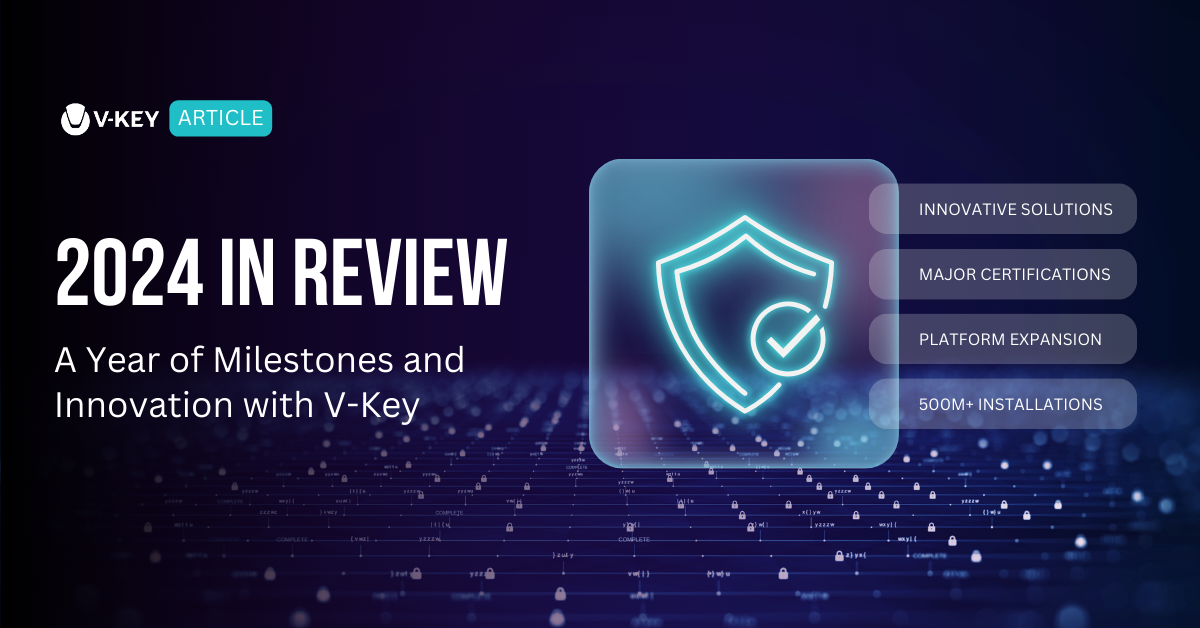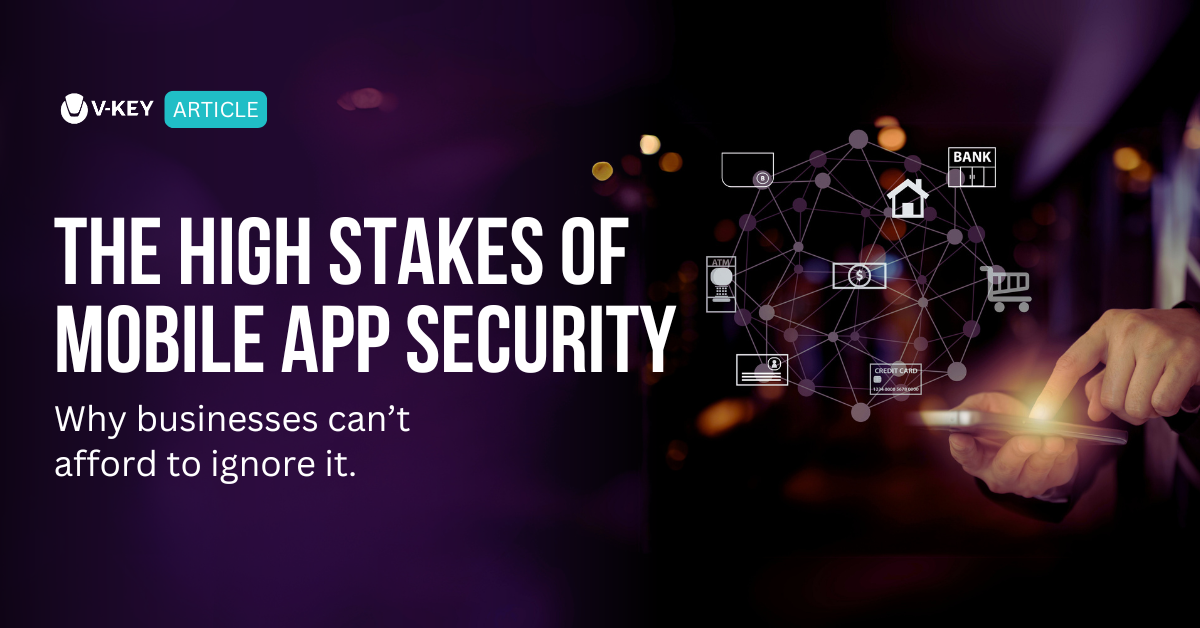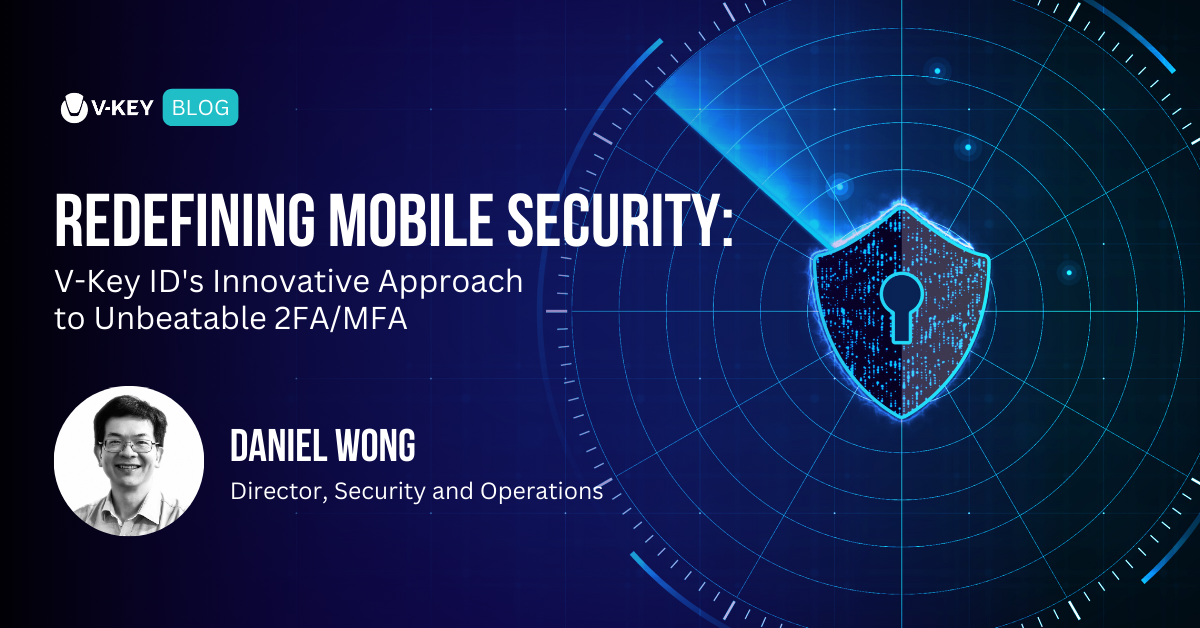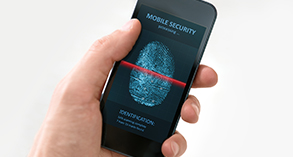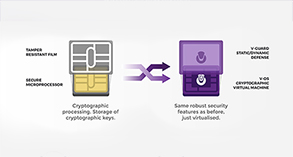
Australia is making significant progress in digital identity adoption, with the federal government leading efforts through its national Digital ID system. 73% of Australians now have a Digital ID account for government services, up from 60% in 2023, reflecting increasing engagement. With smartphones as the most popular device for accessing these services, digital identity is becoming a key part of everyday interactions. However, 56% of Australians remain concerned about data security, highlighting the need for a secure and seamless identity ecosystem.
The government has outlined a four-phase plan to build a nationally regulated digital identity framework, enhancing access, security, and integration:
- Phase 1: Digital ID will be legislated, a regulator will be established, and usage will expand across government and the private sector.
- Phase 2: State and territory Digital IDs will be integrated, allowing Australians to use them when accessing Commonwealth services.
- Phase 3: Digital ID will expand to the private sector, enabling secure identity verification for activities like opening bank accounts, verifying identities with telcos, and leasing real estate.
- Phase 4: Accredited private Digital ID providers will be able to integrate with government services, creating a broader, interoperable identity ecosystem.
Despite these developments, Australia’s Digital ID ecosystem remains decentralied. Each state and territory operates its own Digital ID platform, and most do not work seamlessly with others, limiting efficiency and ease of use. Currently, Queensland, South Australia, and New South Wales have enabled some level of coordination, while other states and territories remain separate.
Enhancing Security and Integration in Digital Identity
As digital identity adoption grows, it is essential to address key challenges:
- Bridging interoperability gaps – Each state and territory operates its own Digital ID platform, creating barriers to seamless access. Enabling cross-platform compatibility will enhance usability across government and private sectors.
- Strengthening data security and trust – With 56% of Australians concerned about data protection, strong authentication, encryption, and fraud prevention are essential to maintaining public confidence in Digital ID systems.
- Building a scalable and future-ready Digital ID ecosystem – As Australia progresses through its four-phase Digital ID strategy, a resilient, mobile-centric, and cloud-based solution is needed to support widespread adoption across industries.
How V-Key ID Supports Australia’s Digital Identity Vision
As Australia advances its Digital ID initiatives, seamless identity verification across different platforms remains a priority. V-Key ID addresses this challenge by enabling secure identity portability, allowing users to verify their identity effortlessly across government and private services without being restricted to a single platform.
How V-Key ID Addresses Key Challenges
Stronger with V-OS – V-OS is our patented technology built and validated upon FIPS 140-2 algorithms for cryptographic assurance; standards CC-EAL3+ and SOC2. V-Key’s patents have been approved in the USA, Australia, Singapore, EU, and China. V-Key’s Secure digitised User Cases are based upon Mobile Identity, Smart Token (OTP,PKI/FIDO2), Secure Messaging, Mobile Biometrics, Application Protection, Seamless Authentication, Document Signing, EKYC.
Unifying fragmented digital identities – Each Australian state and territory runs its own Digital ID platform, leading to interoperability challenges. V-Key ID connects these silos by providing a secure, portable, and scalable digital identity that works across different applications—including government, financial services, and e-commerce.
Enhancing security with trusted authentication – Digital identity security cannot be an afterthought. V-Key ID leverages V-OS, our patented Virtual Secure Element, to provide a tamper-resistant, software-based security layer that protects against fraud, tampering, and unauthorized access.
Simplifying authentication with a unified identity – Australians currently manage multiple login methods for different services. V-Key ID streamlines this process by offering a single, secure identity that can be used across sectors—whether for government services, banking, or identity verification in commercial transactions.
Future-proofing digital identity adoption – As Australia enters Phase 3 and Phase 4 of its Digital ID strategy—where Digital IDs expand into the private sector and accredited providers gain access to government services—V-Key ID ensures a smooth transition with easy integration capabilities, allowing businesses and government entities to adopt Digital ID without complex infrastructure changes.
With V-Key ID, Australia can accelerate its digital identity vision while ensuring security, interoperability, and user convenience—through a mobile-centric, cloud-based solution designed for the future.

